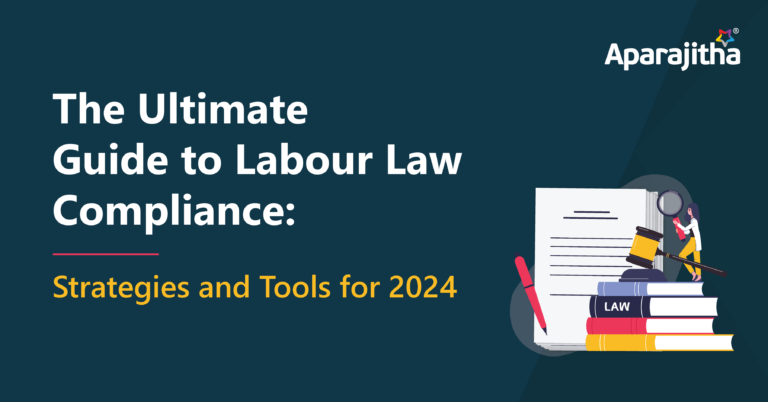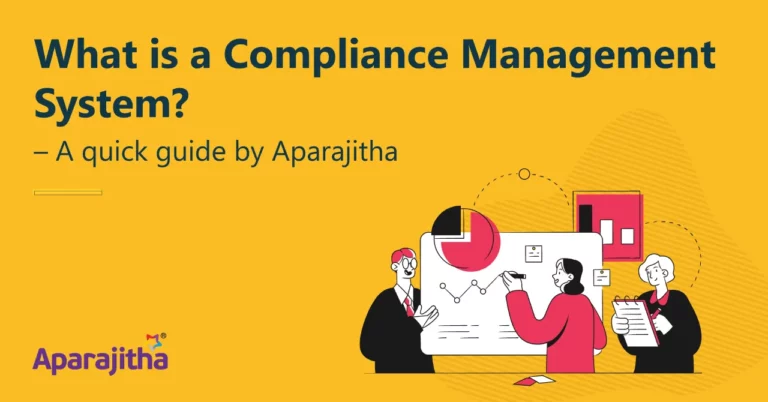The Second National Commission on Labour submitted its report on June 2002 and recommended that the existing set of labour laws should be broadly amalgamated into the following groups, namely:––
(a) Industrial relations;
(b) Wages;
(c) Social security;
(d) Occupational Safety, Welfare & Working conditions.
In pursuance of the recommendations of the said Commission and the deliberations made in the tripartite meeting comprising of the Government, Employers’ and Industry representatives, it was decided to bring the proposed legislation, namely, the Code on Wages, Code on Social Security, Code on Occupational Safety, Health and Code of Industrial Relations. The proposed Code on wages, 2017 intends to amalgamate, simplify and rationalise the relevant provisions of the following four central labour enactments relating to wages, namely:––
(a) The Payment of Wages Act, 1936;
(b) The Minimum Wages Act, 1948;
(c) The Payment of Bonus Act, 1965; and
(d) The Equal Remuneration Act, 1976.
The matters dealt with under aforesaid four different legislations are now clubbed into one code. The total number of sections put together is getting reduced from 115 to 68.
In fact, initially the draft Wages Code Bill, 2015 was published on 19th March 2015. Later, on 9th August 2017, 2nd version of Wage Code Bill, 2017 was introduced in Lok Sabha but it was not passed. Now, the above bill got lapsed because of the dissolution of 16th Lok Sabha in May 2019. Hence, New Union Cabinet in 17th Lok Sabha has approved the Wages Code Bill on 3rd July 2019 with certain amendments to improve the ease of doing business and attract investment for spurring growth Government is planning to pass the bill in the ongoing session of Parliament. The draft & the approved Bill is yet to be published.
However, just to recap, some of the key features proposed in the Wage Code, 2017 are highlighted hereunder;
- Contractor is included in the definition of ‘employer’. Thereby, it is understood, the buck stops with the contractor for payment of minimum wages, bonus, etc., for the persons engaged by him and the liability will not pass on to the Principal employer.
- As per the Equal Remuneration Act, only the women employees can claim equal wages against discrimination, if any. But, as per this Code, all genders (Male or female or transgender) may claim equal wages in case they perform the same and similar kind of job.
- Currently, the Central Government declares National Floor Level Minimum Wages which has no statutory force. Through this code, it has been mandated.
- The employees employed in the position of Supervisory, Managerial & Administrative capacities are not considered as employees as per the existing Minimum Wages Act whereas, the code intents to include them also.
- Currently, the payment of wages Act will not apply to a person who is drawing monthly wages of more than Rs. 24000/-. Now, the ceiling is removed in the Code.
- Wage Code provides power to both the Central and State Governments for making Rules. If each State comes up with different sets of Rules, again, the uniformity could be missing. If it is possible, the lawmakers can think of the common set of Rules like the one which is one available under the Payment of Bonus Act.
- The purpose of introducing definition separately for ‘worker’ and ‘employee’ is not quite clear. Currently, only the Equal Remuneration Act has the term ‘Worker’ mentioned.
- The wages shall be settled within 2 working days even for the employees who resign from their service. The Employer may find it difficult in implementing the same.
My Perspective
The minimum wages for various employments are getting revised upward constantly. Employees drawing a monthly salary of up to Rs 24000/- have now been brought under the scope of the Payment of Wages Act. The salary ceiling for the eligibility for bonus has been revised to Rs 21000/- and for calculation, it has been increased to Rs 7000/- ( or the applicable minimum rates of wages whichever is higher ). These measures are surely benefitting the working class and rightly so. The increase in the minimum wages; increase in the number of persons coming into the purview of the bonus Act and increase in the ceiling for bonus calculation have all, in turn, increased the financial burden of the employers.
And, they have been silently stayed put with all these measures. Surely, they will be happy if the process of compliance is simplified; if the transactional burden is reduced; if the ambiguities are cleared and the enforcement wing plays an enabler. Aren’t they right in their expectations out of the long-awaited labour codes? While the idea of making the existing four Acts into just one code – Labour Code on Wages – is highly appreciable, mere consolidation may not be sufficient. Fingers crossed !!!!!
Mathusoodhanan T
mathu@aparajitha.com







